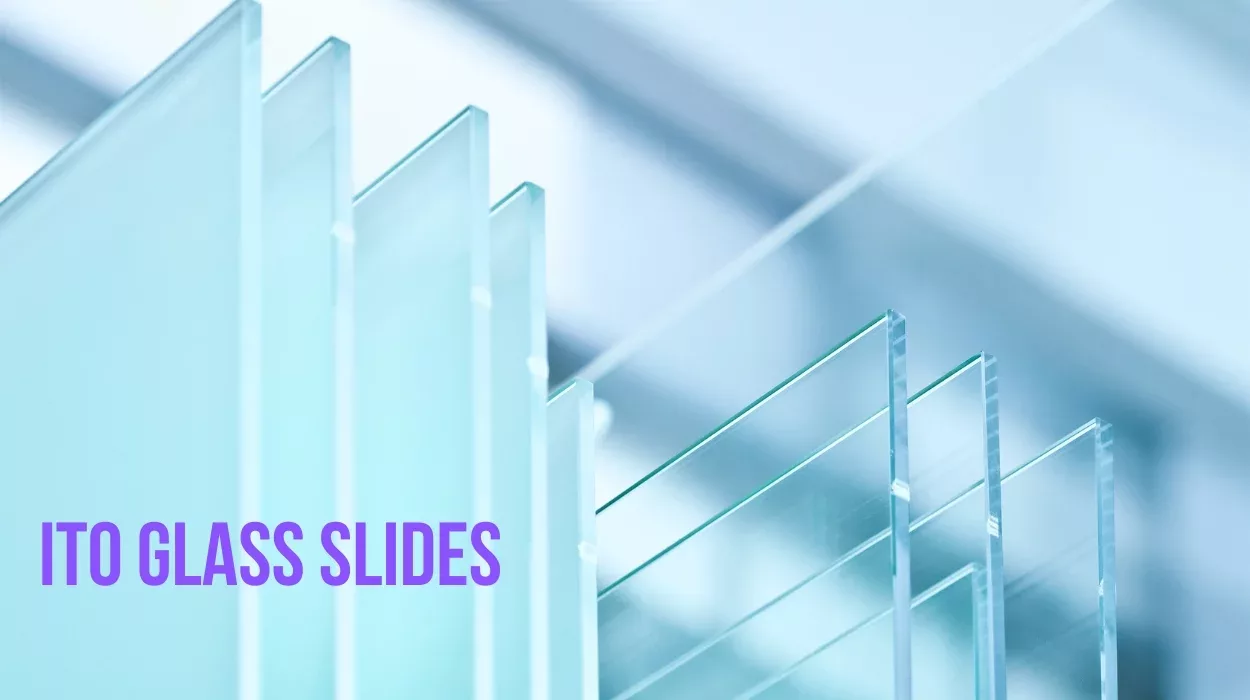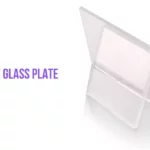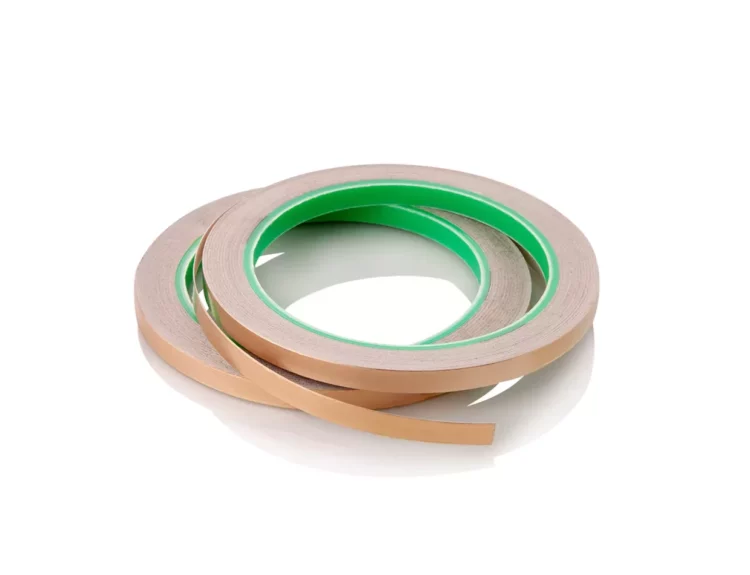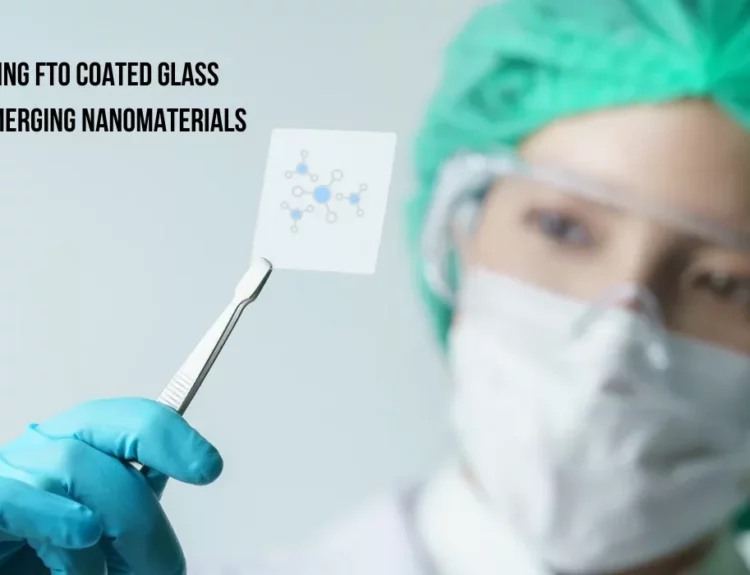ITO (Indium Tin Oxide) glass slides are commonly used in science and technology because they can conduct electricity while allowing light to pass through. This property, known as transmittance, makes ITO glass slides essential in many applications, such as touchscreens, solar cells, and displays. But what exactly is transmittance, and why is it important?
What is Transmittance?
Transmittance refers to a material’s ability to let light pass through it. When light hits the surface of a material, some of it is absorbed, some is reflected, and the rest passes through—this is the transmitted light. In simple terms, transmittance measures how much light a material allows to pass through it.
For example, clear glass has high transmittance because most light passes through, making it easy to see. On the other hand, materials like metal or wood have very low transmittance since they block most of the light.
Best ITO Glass Slides available in the market
List of ITO Glass Manufacturers
Transmittance in ITO Glass Slides
ITO glass slides are unique because they balance electrical conductivity and light transmittance. They are coated with a thin layer of indium tin oxide, which conducts electricity but allows light to pass through. This is very important in devices requiring transparency and electrical conductivity.
For ITO glass, the transmittance usually falls between 80% and 90% in the visible light range (the light we can see). This means that if 100% of light shone on the ITO glass, around 80-90% would pass through, while the rest might be absorbed or reflected.
Why is Transmittance Important?
The transmittance of ITO glass slides is crucial in many fields because it affects how devices look and function. Let’s look at a few examples:
- Touchscreens and Displays: In devices like smartphones and tablets, you want the screen to be clear and bright. The ITO layer helps the touchscreen work by conducting electricity, but it needs high transmittance to ensure the display underneath is easy to see.
- Solar Cells: Solar cells are the cells that convert sunlight into electricity, and the transmittance of ITO glass allows sunlight to pass through and reach the active layer that generates electricity. Higher transmittance means more light can get through, making the solar cell more efficient.
- Research and Laboratory Use: In scientific experiments where ITO glass is used, high transmittance ensures light can pass through and interact with the studied material. This is important for experiments that involve optical measurements.
Factors Affecting Transmittance
Several factors can influence the transmittance of ITO glass slides:
- The thickness of the ITO Layer: If the ITO layer is too thick, it can block more light, reducing transmittance. Manufacturers carefully control the thickness to balance conductivity and light transmission.
- Wavelength of Light: The amount of light that passes through ITO glass can vary depending on light’s wavelength (or color). ITO glass typically has high transmittance in the visible light range but may have lower transmittance for ultraviolet (UV) or infrared (IR) light.
- Surface Coating: Sometimes, additional coatings are applied to ITO glass to reduce reflections or increase durability. These coatings can slightly change the transmittance by blocking or reflecting certain types of light.
Conclusion
The transmittance of ITO glass slides plays a crucial role in making devices like touchscreens and solar cells more effective. ITO glass helps create transparent, bright displays and efficient solar cells by allowing light to pass through while conducting electricity. Factors like the thickness of the ITO layer and the wavelength of light can affect transmittance, but overall, it remains an essential property for many modern technologies.
In short, ITO glass slides’ ability to let light pass through while carrying an electric current makes them a key material in many high-tech applications.







